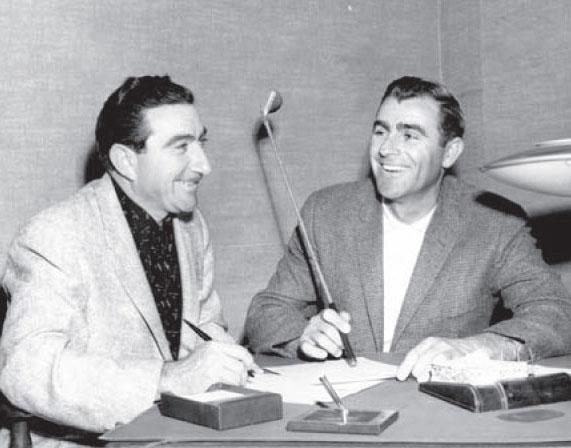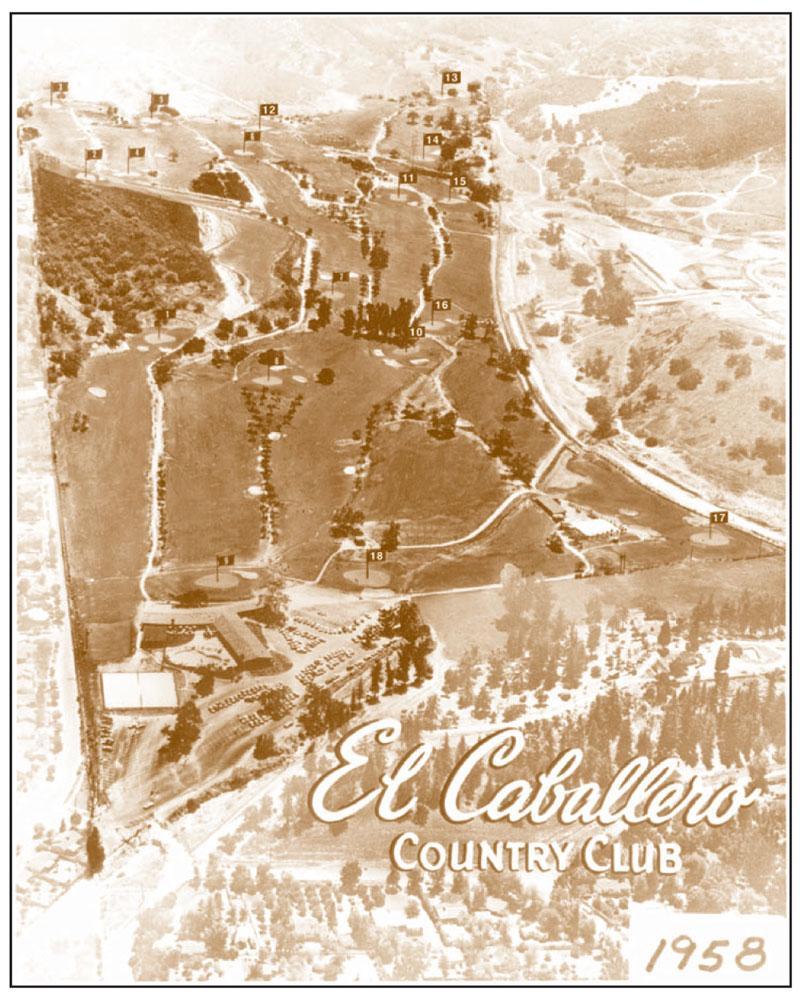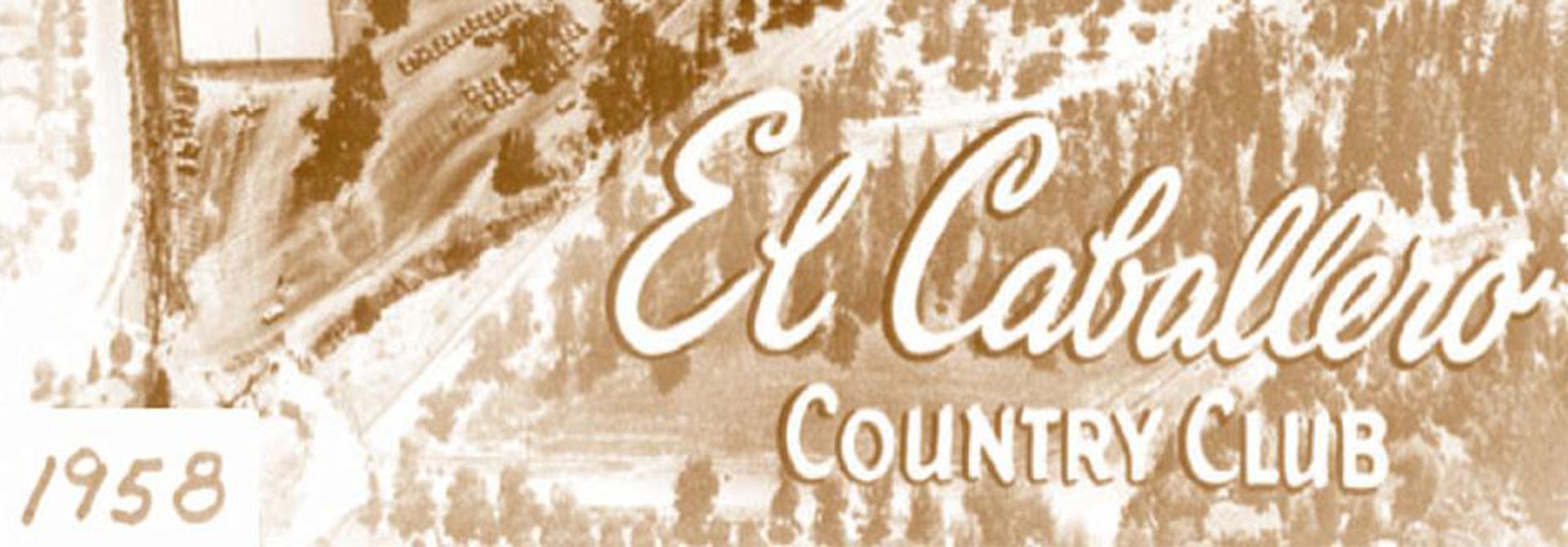The El Cab Story
"No person shall be denied the privilege of the club or employment by it because of his race, color, creed, gender or religious belief."
Bernie Shapiro
The Making of El Caballero
What's in a name? Like so much of California, the land on which El Caballero Country Club now resides was first claimed and influenced by the Spanish. In giving names to the local geography, the settlers called a very gentle and meandering creek that drained rainfall off the north slope of the Santa Monica Mountains "El Caballero"—the Spanish word for "Gentleman."
In the 19th century, many of the remaining Spanish land grants were parceled and sold to ranchers. The leased property of today's country club was just a portion of an original 550 acre ranch that was originally purchased in 1911 by a retired Civil War Veteran, Brigadier General Harrison Grey Otis (an original publisher of the Los Angeles Times). He passed away in 1915. His estate sold the ranch to Edgar Rice Burroughs, the well-known author of the jungle stories of Tarzan the ape-man. Burroughs and his family moved into Otis' house and named the property the Tarzana Ranch.

In the mid 1920s, Burroughs thought it would be good idea to build a golf course with surrounding home sites on a portion of the ranch that was gentle in topography. The big house on the ranch became the clubhouse. Even though the original El Caballero golf course was the site of the 1927 Los Angeles Open, Burroughs' club did not catch on. It was simply too far away from population centers 95 years ago. By 1929, the property became a victim of the Great Depression with Burroughs losing the entire ranch to foreclosure of the banknote.
The bank had a "for sale" sign on the ranch for several years until a neighboring gentleman named Norman Herman opened negotiations. In 1955, while seeking a land parcel for a new golf course and country club, El Caballero's founder Bernie Shapiro was introduced to Herman's widow, Sophia. Though she was uninterested in selling her property to Shapiro, Mrs. Herman was agreeable to a long-term land lease. So, Shapiro found his site and the idea for the modern day El Caballero Country Club was born.

A Different Kind of Club
The transformation of the old Burroughs' club into the new El Caballero Country Club was impressive. What was equally ground-breaking, was the character of the Club founder Bernie Shapiro envisioned.
In the mid-1950s when the Civil Rights movement was in its infancy, Bernie was establishing a new national standard for nonsectarian country clubs. Rather than basing consideration for membership on a person's religious belief, gender or race, Shapiro's only requirements were that the applicant be of good moral character and charitably inclined.
Our members are proud of this heritage of inclusion for it has resulted in the diverse and friendly membership community that still characterizes El Cab today.


